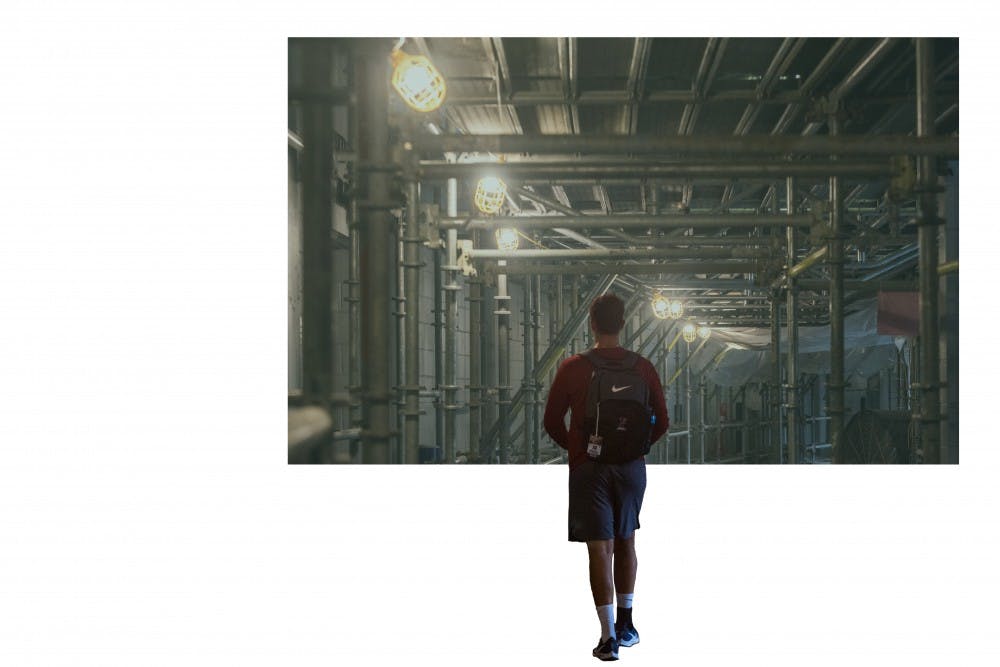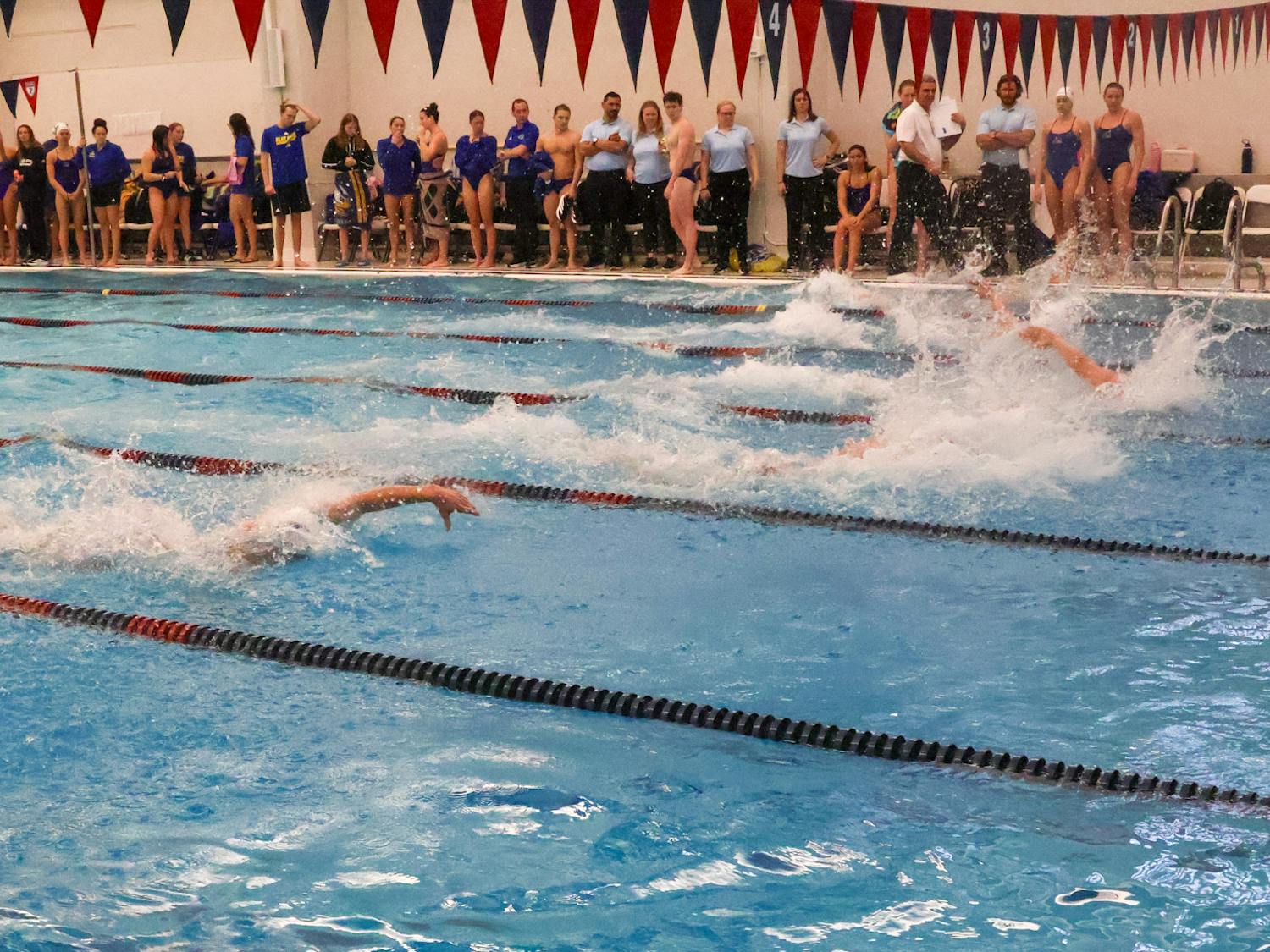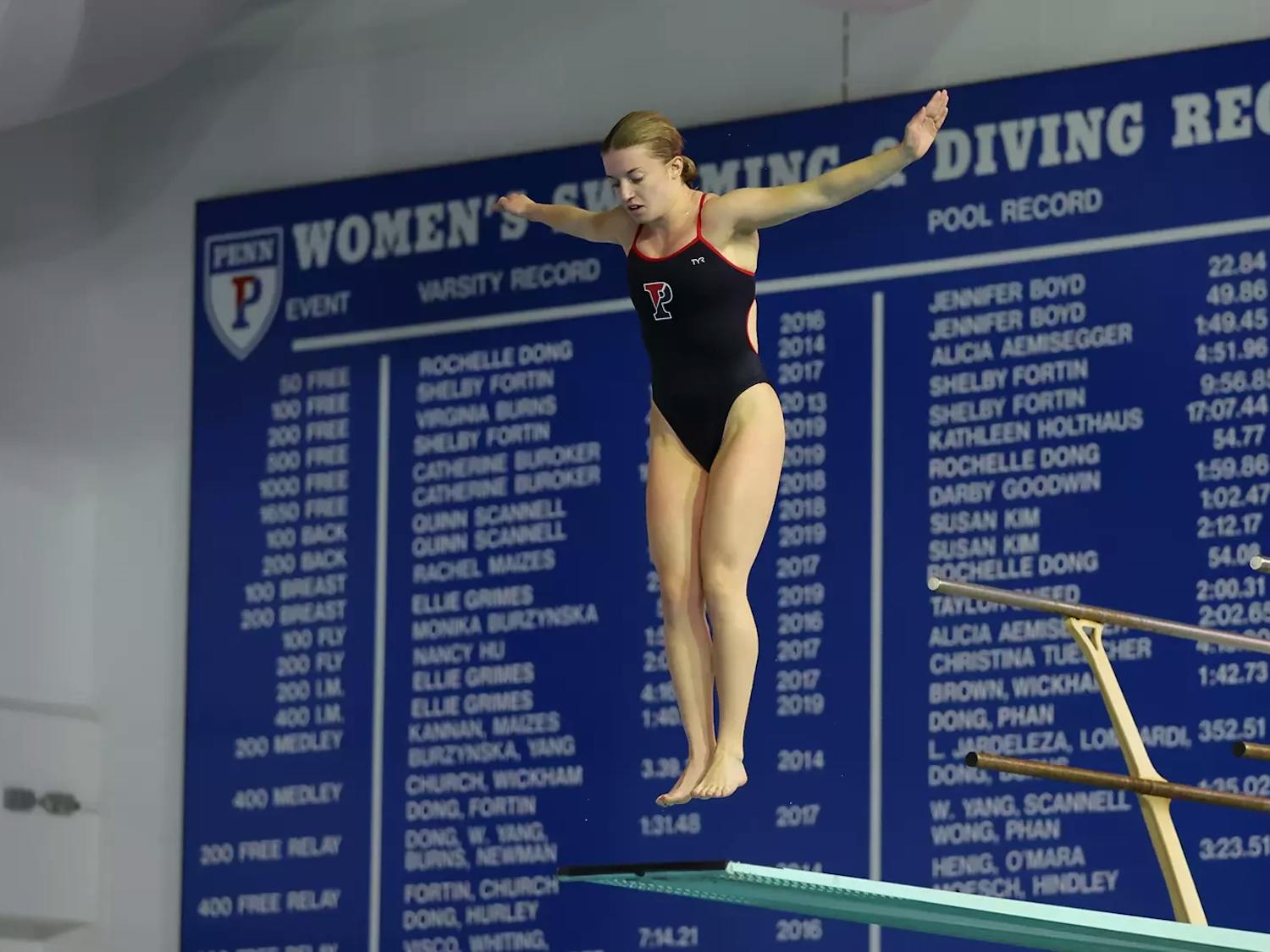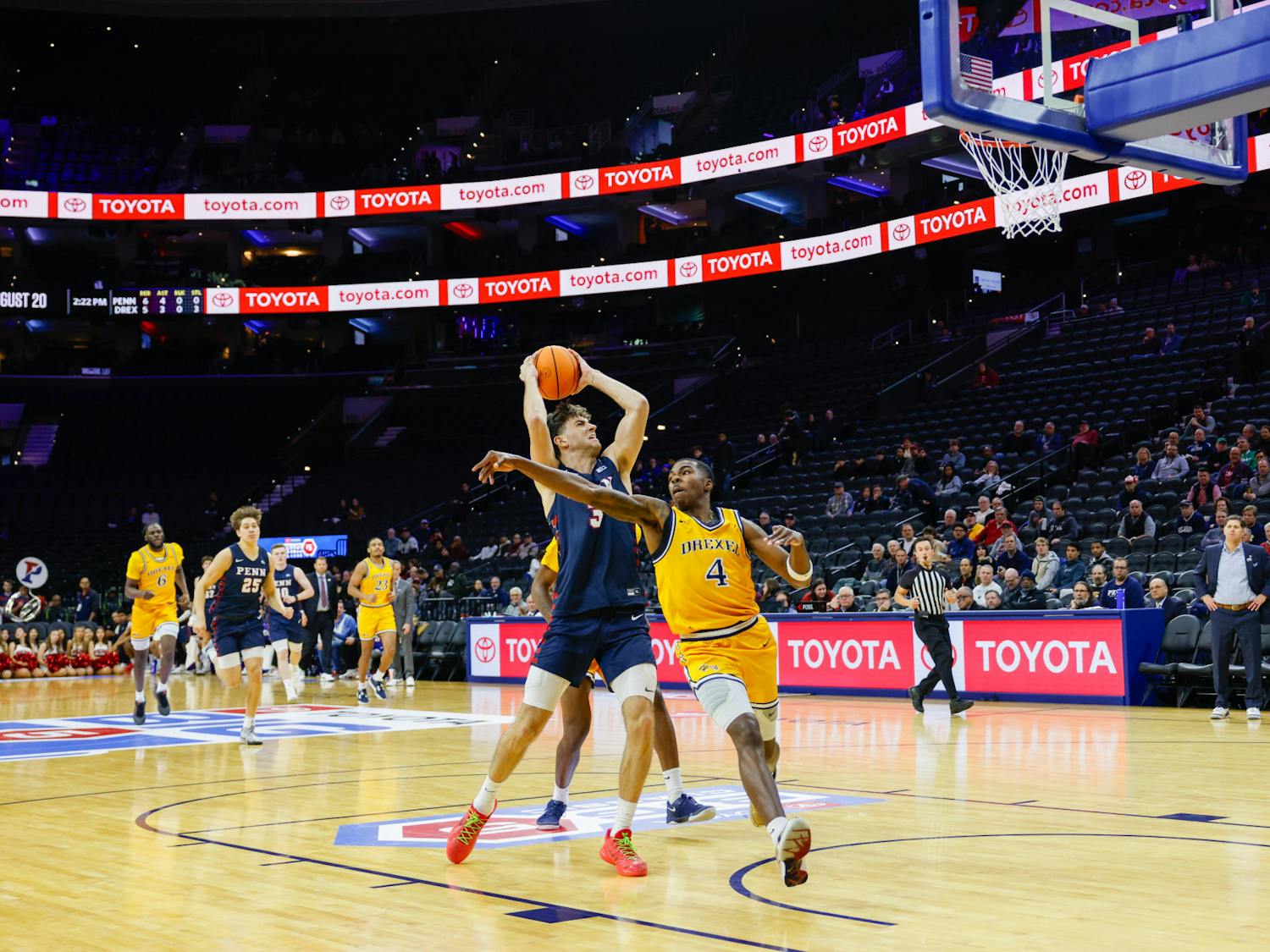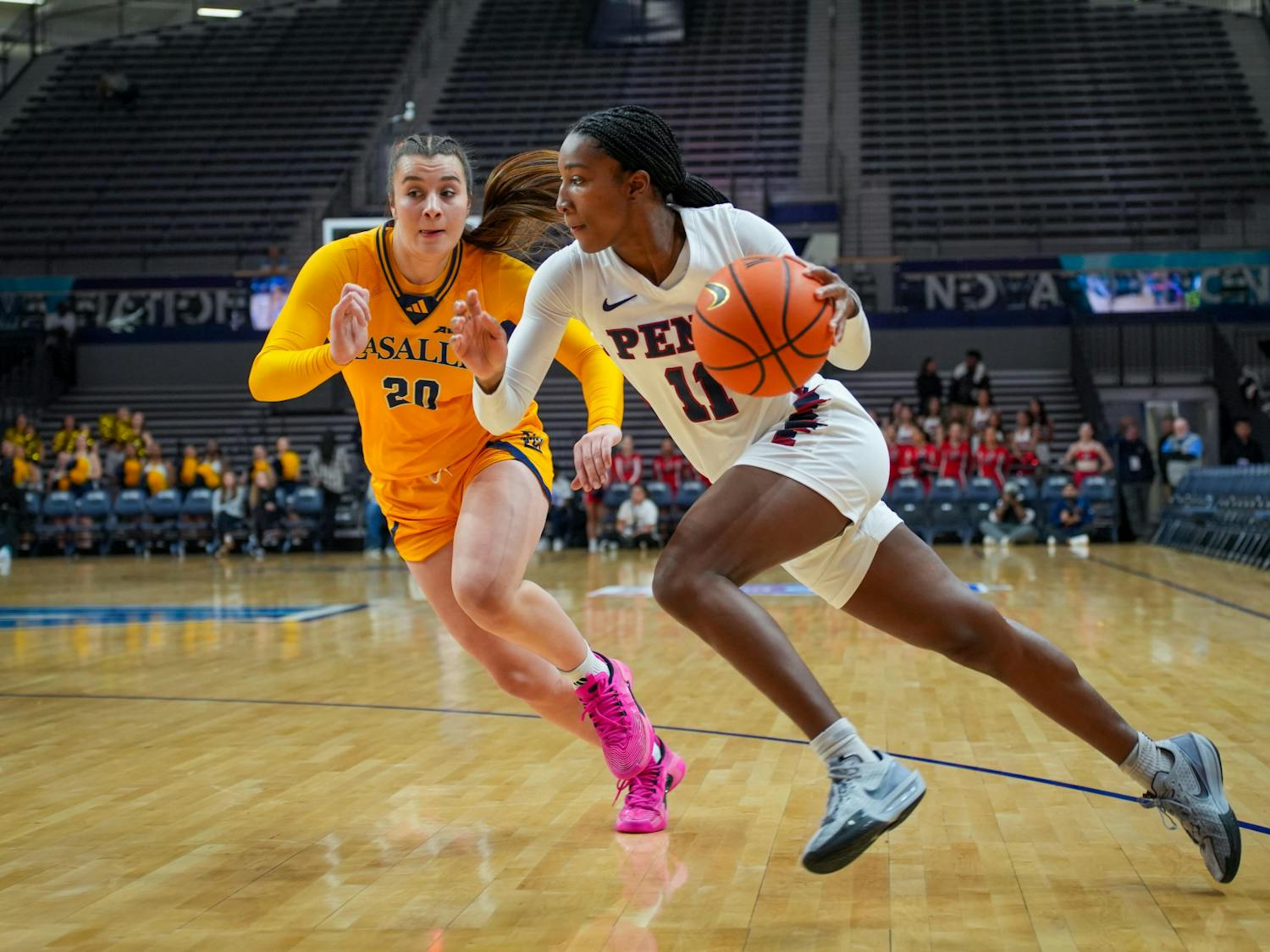Expect some changes when you walk into Franklin Field for the Quakers’ home opener on Oct. 4.
This past off-season, renovations across Franklin Field resumed, restricting access to much of the stadium to fans.
“The east concourse will be open at a very limited capacity for the team to come out, but the fans will enter and congregate on the north side and really the outer section of the north side,” Penn Athletic Communications Associate Director Chas Dorman said.

This current construction is a continuation of a project that started in 2015 with the goal of reinforcing the concrete in the stadium. The stadium is supported by the same concrete that was used to build the stadium in its inaugural season in 1895, 125 years ago.
The project will be concluded this spring in time for the running of the Penn Relays.
“The Franklin Field project consists of four phases to extend the longevity of the stadium’s concrete structure," FRES executive director of design and construction Mike Dausch wrote in a statement.
“The stadium seating sections are poured concrete supported by steel beams and a masonry façade. Phase 1 was for the upper north section of the facility. That work was completed in 2017. The current scope, Phase 2, includes the upper south and lower east sections. Phase 3 will focus on the upper east and lower south sections. Phase 4 includes the lower north section. Total project expenditures are estimated at $44 million."
RELATED:
2019 Football Preview Main Page
Here are the players to watch at each positional group for Penn football

Phase 3 will commence in mid-May of 2020.
As a result of the construction, all fans — including those supporting Penn opponents, will be congregated on the north side of the stadium.
“We’re excited for how this will look on television because the cameras will be shooting where the fans are for once,” Dorman said.
The east entrance will still remain open in a limited capacity in order for the players to access the locker rooms and enter and exit the stadium.
The biggest alteration to the player experience during this construction comes on the field. As a result of the construction, the Quakers will be placed on the opposite sideline for the 2018-19 season.
“I’d rather not have swapped sidelines, but I've coached in a few places, one being Fordham, where the sidelines were all on the opposite sideline. It feels like a very dead atmosphere if you don’t have a crowd behind you,” coach Ray Priore said. “I took a historical perspective and looked back to see if Penn had ever been on that sideline before, and the answer is no. We can now write some new history with that stuff.”

Renovating the stadium piece by piece will allow for the stadium to be used during the season, a luxury that not all Ivy teams have had historically. When Princeton renovated their stadium in 1997, the Tigers were forced to play their entire season on the road due to the construction.
“We can’t shut the whole stadium down for events like Penn Relays, commencement. We’re lucky enough to have a large enough facility that we can build around and keep it open,” Dorman said.
So, Quaker fans, be prepared for a different angle of the action for this season.
For more football preview coverage, check out the main page here.


